


From 104 feet to 152 feet, back to 124 feet and all points in between, the Douglas DC-9 and its derivatives the McDonnell -Douglas MD-80/90 series and Boeing 717 was a very flexible design, even allegedly lending itself for use by the Chinese in developing their Comac ARJ21 airliner.

With its long range DC-8 airliner in production Douglas took a look at the short to medium haul market and came up with the twin Pratt and Whitney JT-8 engined DC-9, first flying as the 10 series in February 1965. The production versions the -14/15 would be 104 feet long and could carry 90 passengers the only difference between the two variants was the -15 had an increased take off weight. Delta Airlines were the first to put the new Douglas into service on 8th December 1965.

Many other major airlines such as TWA, Air Canada, Swissair, KLM and Eastern took delivery of the new jet for use on their short haul routes. A straight development of the -14/15 series was the series 20, but only one version the -21 was built solely for SAS Airlines featuring improved short field performance over the original 10 series, just ten examples of this model would be built.

The first stretch of the original airframe came in 1966 with the 30 series taking the fuselage up to 119 feet long capable of seating 115 passengers. Four different versions were offered the 31/32/33 and the longer range 34. Once again the main differences would be take off weight and the mark of JT-8 engine, also some variants could be built as pure freighters or freight/pax combi aircraft. The USAF had been looking for a new aeroplane suitable as a medevac aircraft. Seeing the DC-9 they opted for a version of the DC-9-32CF which would feature a large cargo door on the forward fuselage. This new aeroplane would be known in the USAF as the C-9A Nightingale. The Air Force would also buy two VC-9C VIP aircraft to be used by the Presidential fleet based at Andrews AFB. The USN was also interested in a transport plane for its own personnel as up to that time the USAF had been responsible for all military service personnel flights and the Navy complained their guys were always the last to get on and the first to be left behind! Consequently the USN and the USM also bought the C-9, known to them as the C-9B. These were fitted with extra fuel tanks in the freight bay which gave them a range of 2600 miles. In all 48 C-9 versions were built with the USM being the last of the three services to retire them with their examples flying on until April 2017.
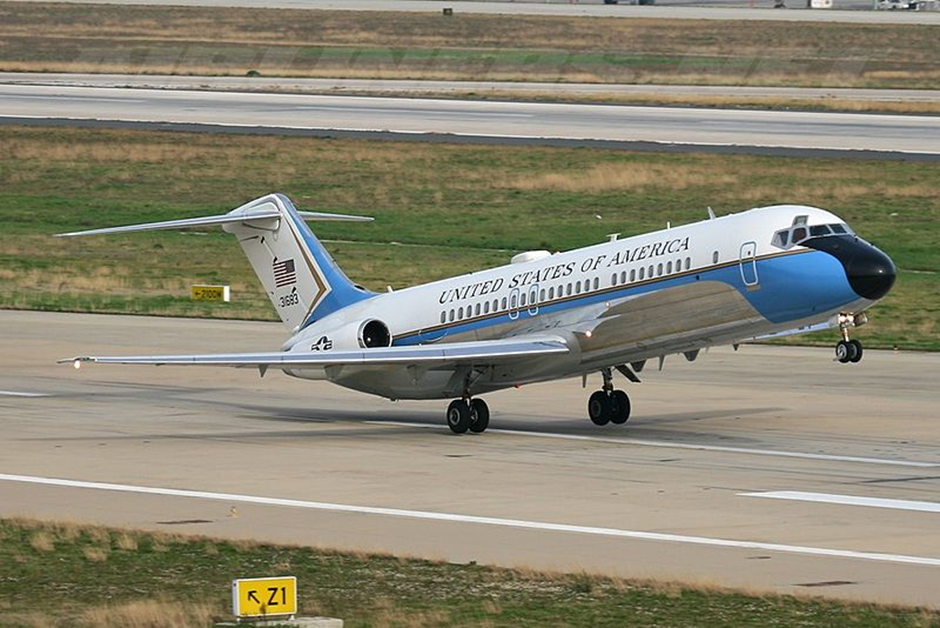
The DC-9 30 series was one of the best sellers with 662 being produced and many airlines began to place orders for this bigger version of the Douglas jet. Here in Europe many of the airlines that had flown first generation Caravelle jets began to replace them with the modern DC-9. The Douglas was soon seen in the colours of KLM, SAS, Iberia, Alitalia, JAT, Iberia, Swissair, Austrian Airlines and others. However here in the UK all the airlines stuck to their BAC 1-11s, Comets and Tridents. It wouldn’t be until September 1976 that the DC-9 would appear on the British register when British Midland introduced second hand DC-9 -14/15s onto its routes, these would later be supplemented in 1978 by the -32 series. In total British Midland would fly 18 DC-9s between 1976 and 1996 by which time they would all have been replaced by Boeing 737s.
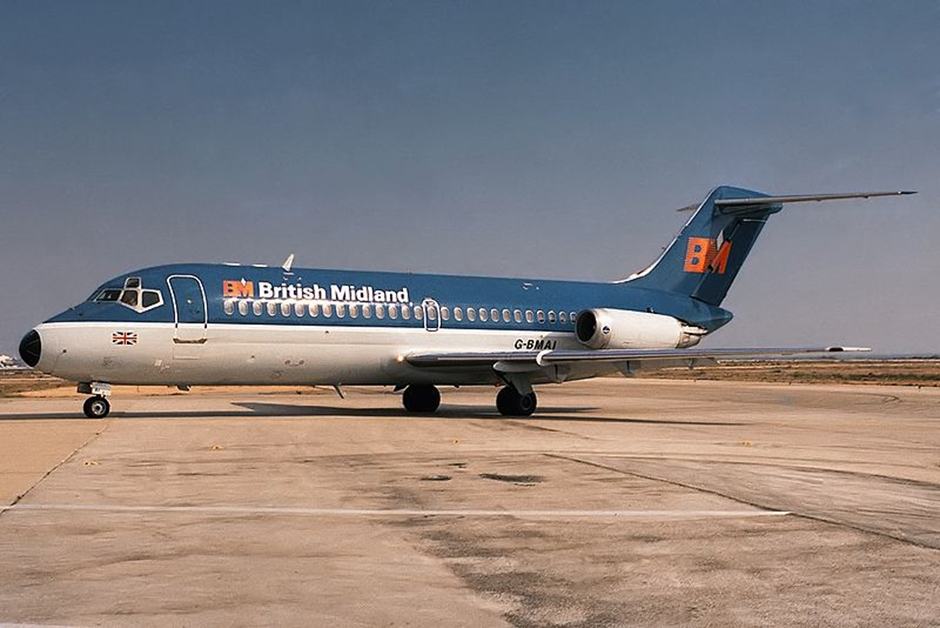
The lengthening of the fuselage continued with the 40 series with only one variant the -41 built. This had a length of 125 feet and could now hold 125 passengers. SAS was the first airline to put the -40 into service in March 1968. Japanese airline TOA Domestic also flew the -41. With only 71 examples built this model was not a huge success. The even bigger 50 series followed with again only one version on offer the -51 with a fuselage now extended to 133 feet with room for 135 passengers. This was the biggest of the DC-9 models and 96 would be produced, it was also the last Douglas version offered as the company merged with McDonnell to create McDonnell-Douglas and all further developments of the DC-9 would come under the banner of the new company. The last DC-9 was delivered in 1982 but the new MD-80 range had already been introduced in 1980. Douglas built 976 DC-9s for commercial use with an additional 49 C-9 variants for the USAF, USN and USM. The DC-9/C-9 series were all powered by various versions of the Pratt and Whitney JT-8 engine and had a range of between 1300 and 1500 miles. These original DC-9s were gradually replaced by later McDonnell-Douglas types and by July 2018 only thirty examples were still flying.
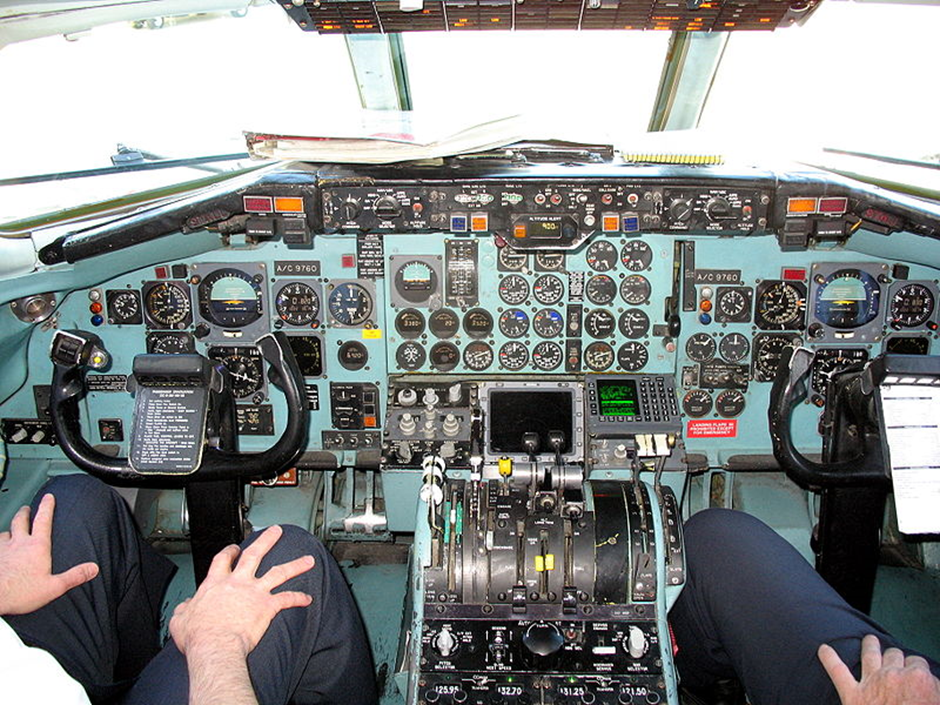
With sales going well across the world McDonnell-Douglas pressed on developing their airliner and on 18 October 1979 they flew the first of the new MD-80 series. These were powered by more economical and powerful Pratt and Whitney JT-8D-200 by-pass jets. There would be 5 versions of the new jet the MD-81/82/83/87/88 with Swissair being the first to start services in October 1980. With the exception of the MD-87 all the versions would be the same length of 148 feet capable of carrying 155 passengers.
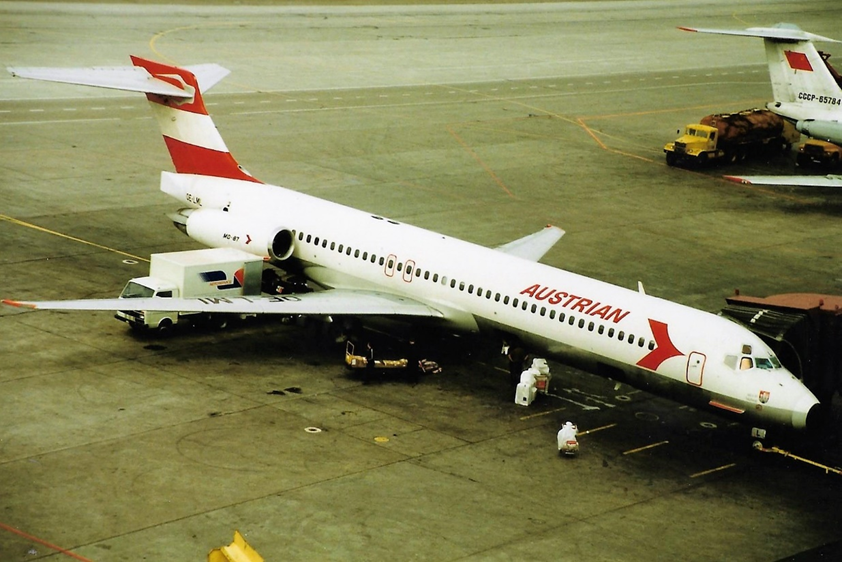
The odd one out, the MD-87, had a shorter fuselage of 130 feet with a passenger load of 130. As previously the main differences between the types was engine variant, fuel capacity and weight. The MD-83 being the longer-range version with the ability to fly 2500 miles. American Airlines particularly liked the -82 version and eventually operated a fleet of 300 of them. The last model in the 80 series the -88 was the first to have a full Electronic Flight Instrument System (EFIS) fitted.
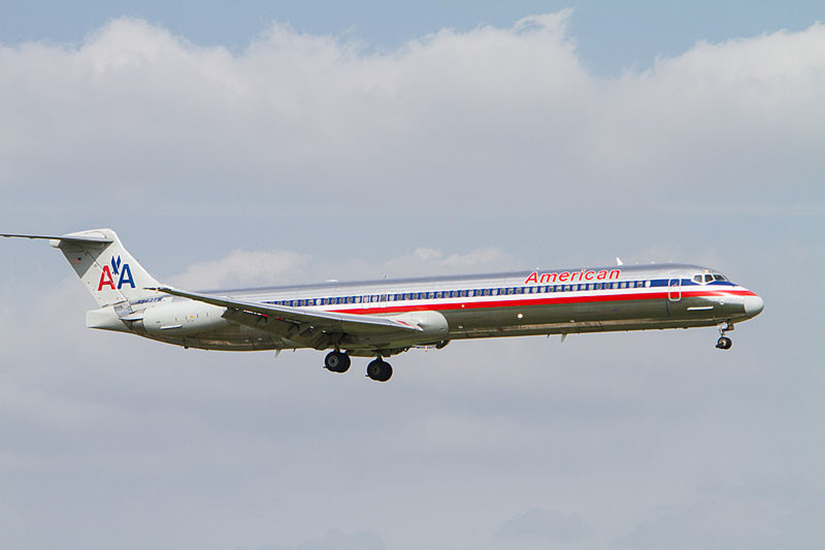
It was the McDonnell-Douglas built plane that finally saw some new sales into the UK when Paramount Airways started operations with two MD-83s in 1987 on holiday charter work. Two more would be added to the fleet but by 1989 the airline folded with debts of £11M. Airtours International also operated MD-83s these being the longer range version of the 80 series. Airtours flew their MD-83s from 1991-1995. In 2002 the airline became part of MyTravel .
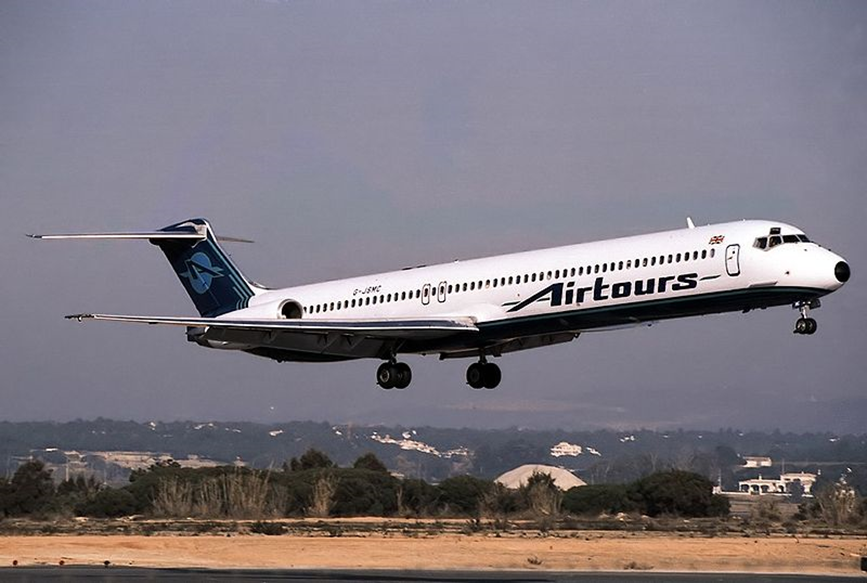
When Boeing had re-engined their JT-8 powered Boeing 737 range with modern large fan CFM-56 engines, Douglas had been unable to do the same as the rear mounted engines on the MD-80 series did not make the conversion simple. When IAE introduced their V2500 high by-pass engine its smaller diameter made it ideal for mounting on the Douglas airframe. Hence in February 1993 a new version of the MD series appeared, the V2500 powered MD-90. At 152 feet in length the new quiet efficient jet could carry 163-172 passengers, this was to be the largest version of the design built. Delta Airlines who had flown a continual stream of versions of the twin jet were once again the first to put the new MD-90 into service. 116 examples would be built with two of them being the MD-90-30ER long range version that could cover 2,455 miles as opposed to the standard MD-90’s 2,045 mile range. Delta Airlines operated their last MD-90 commercial flight on 2 June 2020. There were plans for China to licence build 40 MD-90s as the MD-90-30-T in Shanghai but only two would be completed. However China hung onto the jigs and when they launched their own design the COMAC ARJ21 the fuselage looked very McDonnell- Douglas like!
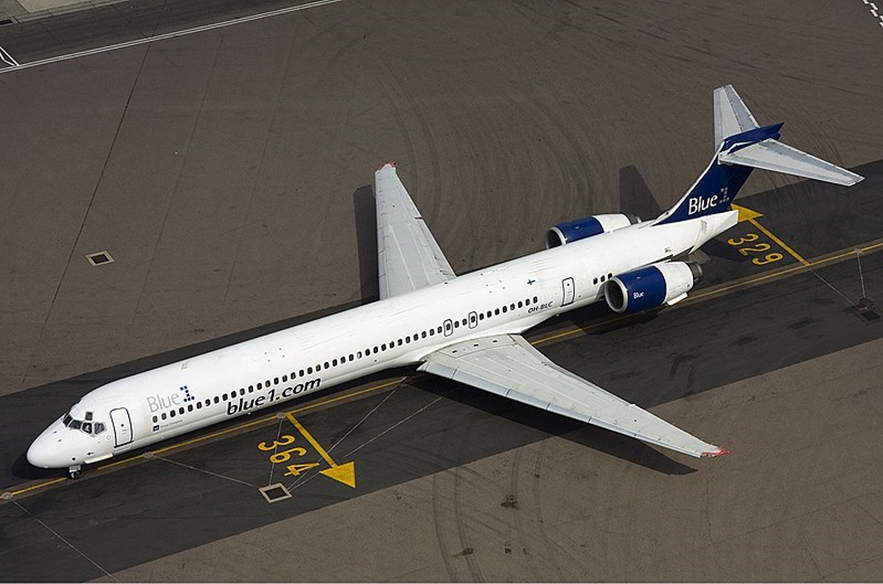
The big MD-90 was too large for some airline operations so McDonnell-Douglas created the MD-95 by cutting a section out of the fuselage reducing it to 124 feet with a passenger load of 117. The new plane would be powered by two Rolls Royce BR715 engines. First flying in September 1988 low cost airline Valujet (later becoming AirTran) would first place the jet into service in October 1989. Delta Airlines and Qantas would also become big users of the jet.
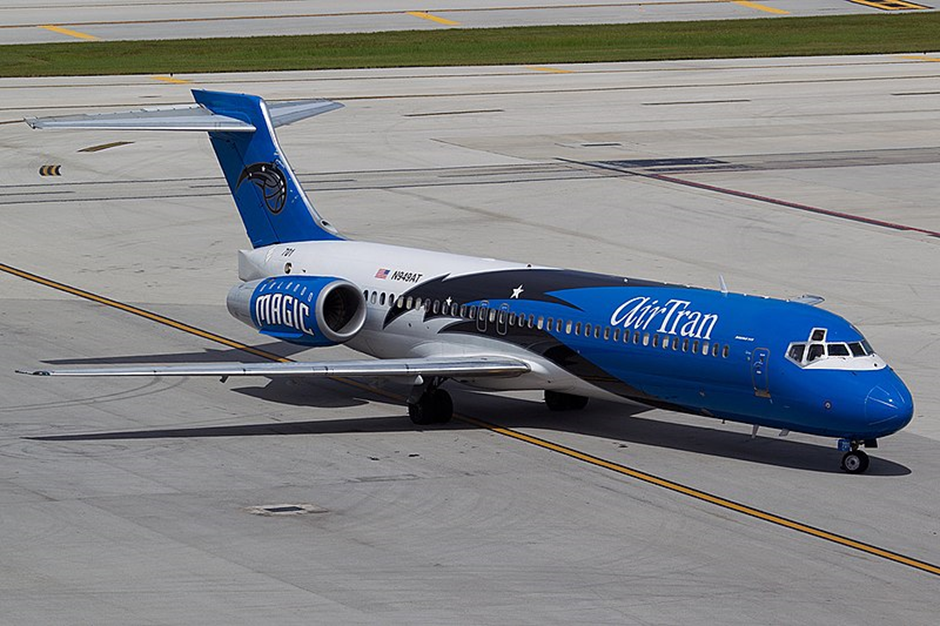
In 1997 Boeing took over its Californian rival and in a move which saw several raised eyebrows instead of cancelling the MD-95 which was in direct competition with its own Boeing 737 family it continued production as there was a large order with Valujet ordering 50 with options on another 50. Eventually when production stopped in 2006 156 of the jets now called the Boeing 717 had been built. The 717 name had been officially earmarked decades earlier for the military version of the Boeing 707 but was never generally used so the name plate was resurrected for the McDonnell-Douglas design and to fit neatly into Boeing’s numbering system.
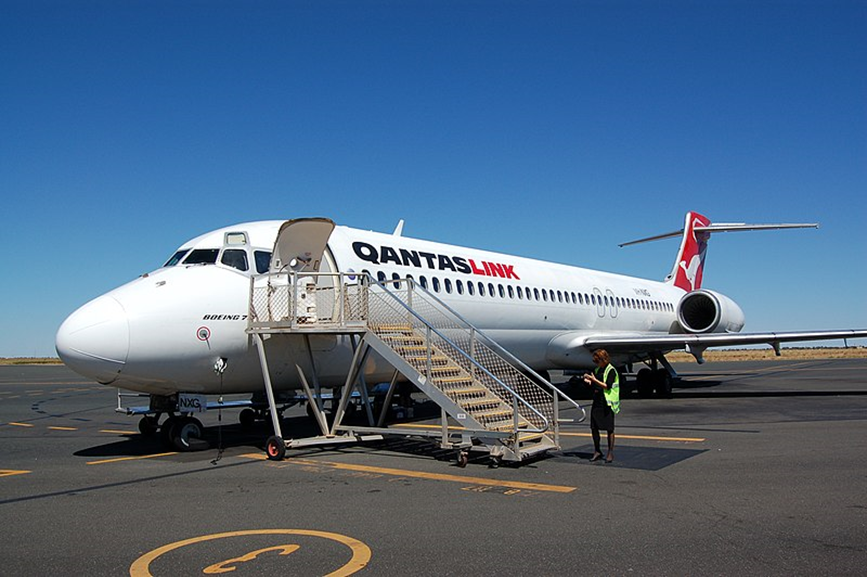
The modern Boeing 717 was light years away from the original 1965 DC9, with fuel efficient and quiet engines, full glass flight deck and many more improvements to both the airframe and the cabin. Just compare this picture of the flight deck with the earlier one of the DC9-40.
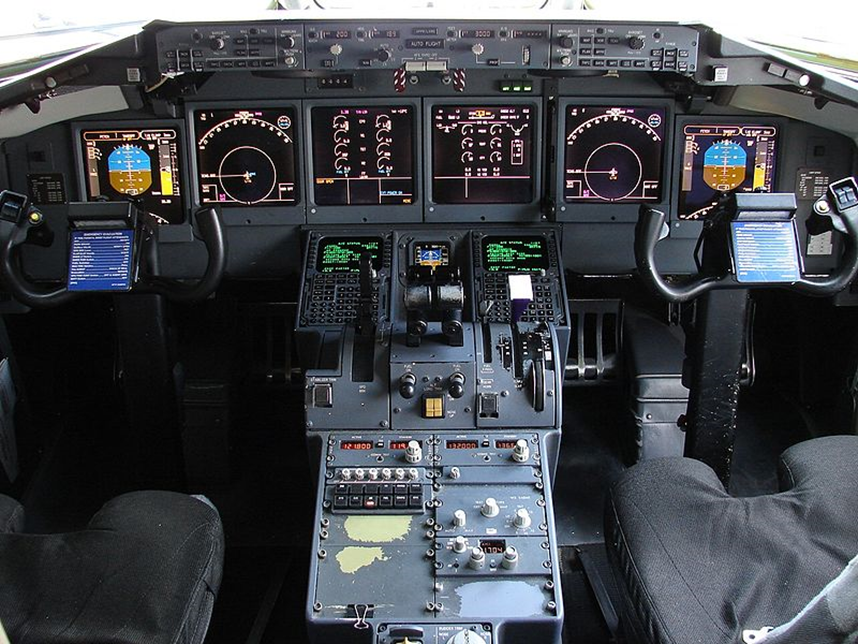
Having been in production from 1965-2006 and with 2888 examples built the end of the line finally arrived for the DC-9/MD80/90/Boeing 717, leaving just the Chinese and their COMAC ARJ21to breathe life into the old fuselage design. With a new wing designed by Antonov in Ukraine and General Electric CF-34 engines the ARJ21 first flew in November 2008, 66 have been built and it is still in production with over 200 on order.
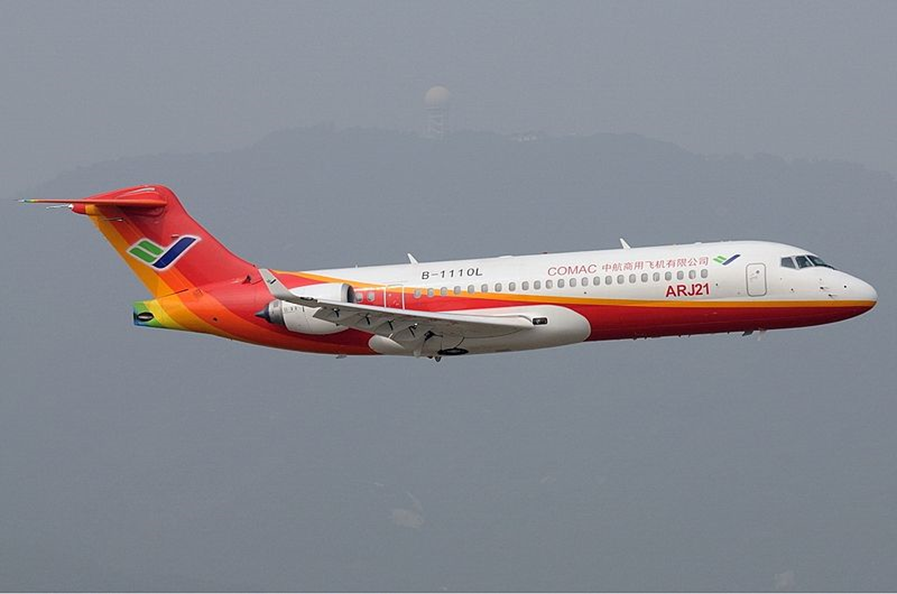
But like all good things you can’t write off the American twin jet yet as despite airlines rapidly replacing them with modern Boeing and Airbus offerings, some of the airframes have gone on to other things such as freighters or even fire bombers. After a production run of 41 years it appears the original Douglas design scored a hit right from the start and will grace our skies for some years to come.
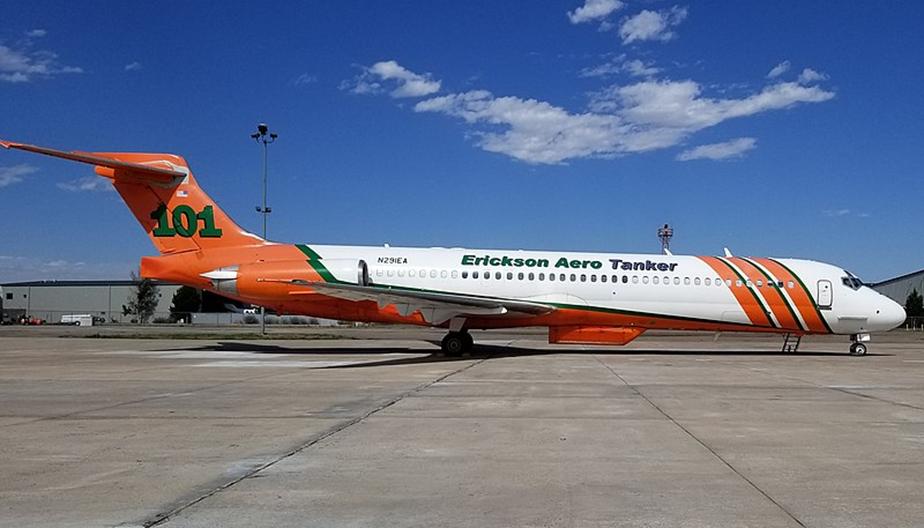
‘till the next time Keith
Registered Charity No. 285809